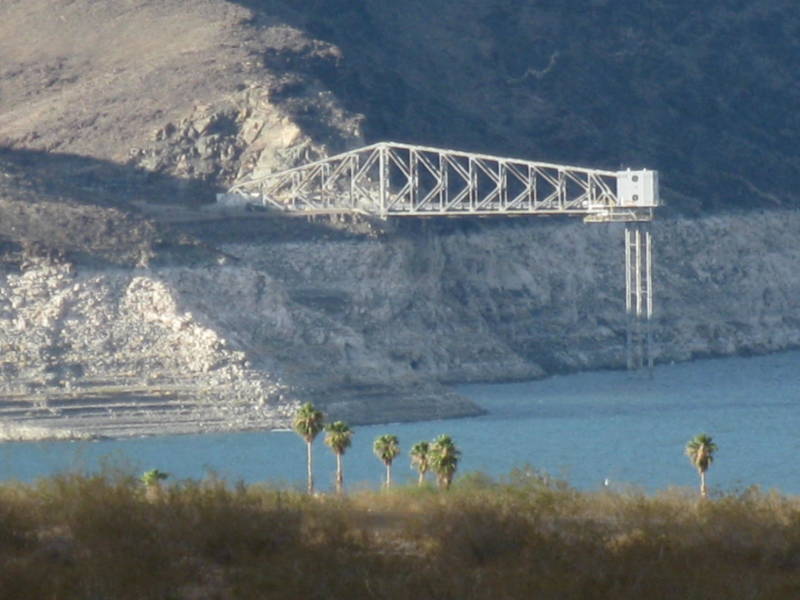
Despite the addition of 81 million people over the period, Americans were using less water in 2005 than they were in 1975, according to the latest numbers released from the USGS.
The per-capita decrease of 30% since 2000, down to 1383 gallons per person per day, is a level not seen since the 1950s. Of course this doesn’t mean that each person in the United States is using more than a thousand gallons per day at home–that number is somewhere between 54 (if you live in Maine) and 190 (if you live in Nevada). The USGS number is derived from dividing total water withdrawals by total population. In 2005, the total withdrawal was 410 billion gallons per day (5% less than in the peak year, 1980) and the total population was approximately 310 million.
An analysis by the Oakland-based Pacific Institute finds that the changes in national water use are due to improvements in efficiency, particularly in industrial use and irrigation. However, the largest category of water use–that used for producing energy–is growing (by 3% between 2000 and 2005), and the analysis cites this as a worrying trend as the population increases, particularly in dry parts of the country. In 2005, 49% of all water withdrawals were for cooling power plants.
“Far more water is required for nuclear and fossil fuel energy systems than for most renewable energy systems,” said Peter Gleick, president of the Pacific Institute, in a statement about the new numbers. “Water availability will increasingly limit our energy choices as climate change accelerates and population continues to grow.” California’s two commercial nuclear plants are located on the coast and use sea water for cooling.
More efficient farming seems to be one of the bright spots in the report. Irrigation withdrawals in 2005 declined to the 1970 level of 1.28 billion gallons per day, even though the amount of irrigated land in the nation has increased by millions of acres since 1970. It seems that American agriculture is, in fact, doing more with less, thanks to more efficient sprinklers and drip irrigation systems. Even so, agriculture still claims about 77% of “developed” water in California, according to Ellen Hanak, water policy analyst with the Pubic Policy Institute of California.
The Pacific Institute commentary added some sobering notes:
The United States, although relatively water-rich, faces a range of threats to its vital supplies of freshwater. Overuse has turned the Colorado River into little more than a trickle. Overuse and contamination threaten the massive Ogallala aquifer, which runs from Texas to South Dakota and is an important source of irrigation and drinking water. Political and economic conflicts are growing between Alabama, Florida, and Georgia over water use. And other serious threats to our water resources – including climate change, environmental destruction, and population growth – remain unaddressed.
Household water use across the country is growing proportionately to U.S. population growth. While people are becoming more water-efficient at home, these behavioral changes are being balanced out by a shift in population to hotter, drier areas, such as the Southwest.
The Pacific Institute’s Circle of Blue Water News has interactive maps showing which states have decreased their water withdrawals between 2000 and 2005 and total water withdrawals by state for this time period, as well as charts tracking U.S. water withdrawals since 1950.
11/18/09 Update:
Listen to audio of Peter Gleick discussing the report’s findings on today’s broadcast of NPR’s Morning Edition.
One thought on “USGS: Americans More Water-Conscious Overall”
-
Pingback: New Data Now Available on Water Use In the US from 2005
Comments are closed.
